
Rufous hummingbird
MADE FOR EACH OTHER
A hummingbird's long tongue, which can extend to about twice the length of its bill, is perfectly adapted to salvia's long tubular flowers.
1 Hummingbird Falls Bodacious salvia
SALVIA X GUARANITICA, ZONES 7 TO 8 OR ANNUAL
Bodacious is one of the first salvias for hanging baskets. Its draping quality makes it a perfect spiller or ground cover. It reaches 2 feet tall while spreading up to 3 feet wide. The blossoms appear in spring and bloom continuously through fall in full sun to part shade. Use as an annual in cool climates.
Why we love it:
You'll easily spot visiting hummingbirds when this salvia is hung at eye level.
2 Rose Rhapsody Ballet meadow sage
SALVIA PRATENSIS, ZONES 3 TO 9
The soft pink blooms have a hooded appearance and make wonderful cut flowers. Rose Rhapsody welcomes deadheading in spring and can be easily divided to plant elsewhere in the garden. Grow in a spot with consistent moisture for best results. It has an upright form and attracts hummingbirds and bees, while also being deer resistant.
Why we love it:
The plant tolerates heat and humidity as well as a range of soils.
3 Heatwave Breeze salvia
SALVIA MICROPHYLLA X GREGGII, ZONES 6 TO 10 OR ANNUAL
This cultivar has an upright and rounded habit that reaches a height and width of 2 to 3 feet. The rich purple blooms welcome hummingbirds with their large tubular shape. After the first flush of blooms, trim the plant back to encourage even more flowers.
Why we love it: Developed as a water-wise plant, Breeze needs well-draining soil and tolerates drought.
Bu hikaye Birds & Blooms dergisinin June/July 2022 sayısından alınmıştır.
Start your 7-day Magzter GOLD free trial to access thousands of curated premium stories, and 9,000+ magazines and newspapers.
Already a subscriber ? Giriş Yap
Bu hikaye Birds & Blooms dergisinin June/July 2022 sayısından alınmıştır.
Start your 7-day Magzter GOLD free trial to access thousands of curated premium stories, and 9,000+ magazines and newspapers.
Already a subscriber? Giriş Yap
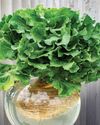
Basics of Hydroponics
Use these top tips and plant picks to have a successful soil-free garden
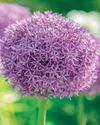
Rooted in Resilience
These hardy perennials will thrive in most zones
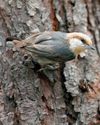
Social and Supportive
Brown-headed nuthatches take a helpful approach to raising their young

All About Owl Pellets
And why you should give a hoot about them
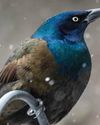
Ask the Experts
Advice from our pros about houseplants, bird feeding and more
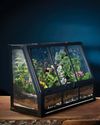
BRING THE OUTDOORS IN
Making a terrarium is about as close as you can get to a Zen DIY project. Once you have gathered the proper materials and squared away your plant selections, it's as simple as layering it all together and watching your mini ecosystem thrive. Here, I'll walk you through my foolproof process and cover all the required elements for good filtration, healthy soil, strong root growth and resistance against fungus and disease.

GROW THIS. NOT THAT
Six easy-to-grow houseplants—and six that may not be the right choice for you
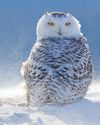
Winter MAGIC
Forecasts may be frigid, but grab your binoculars because birding opportunities are still incredible

Sense or Nonsense? - Why some birds can taste and smell - but others can't
Does a porcelain berry taste like a blueberry to a gray catbird? Does a block of lard smell like frying bacon to a northern flicker? The short answer is no. While some avian species do have a well-adapted sense of taste or smell, they can't distinguish between flavors and odors the way humans can. They're not picking up every ingredient in the suet you put out, says José Ramírez-Garofalo, an ornithology researcher at Rutgers University in New Jersey and the director of Freshkills Biological Station in Staten Island, New York.
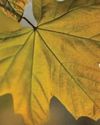
Maple Mania - Amazing facts about this fall foliage mainstay
Amazing facts about this fall foliage mainstay